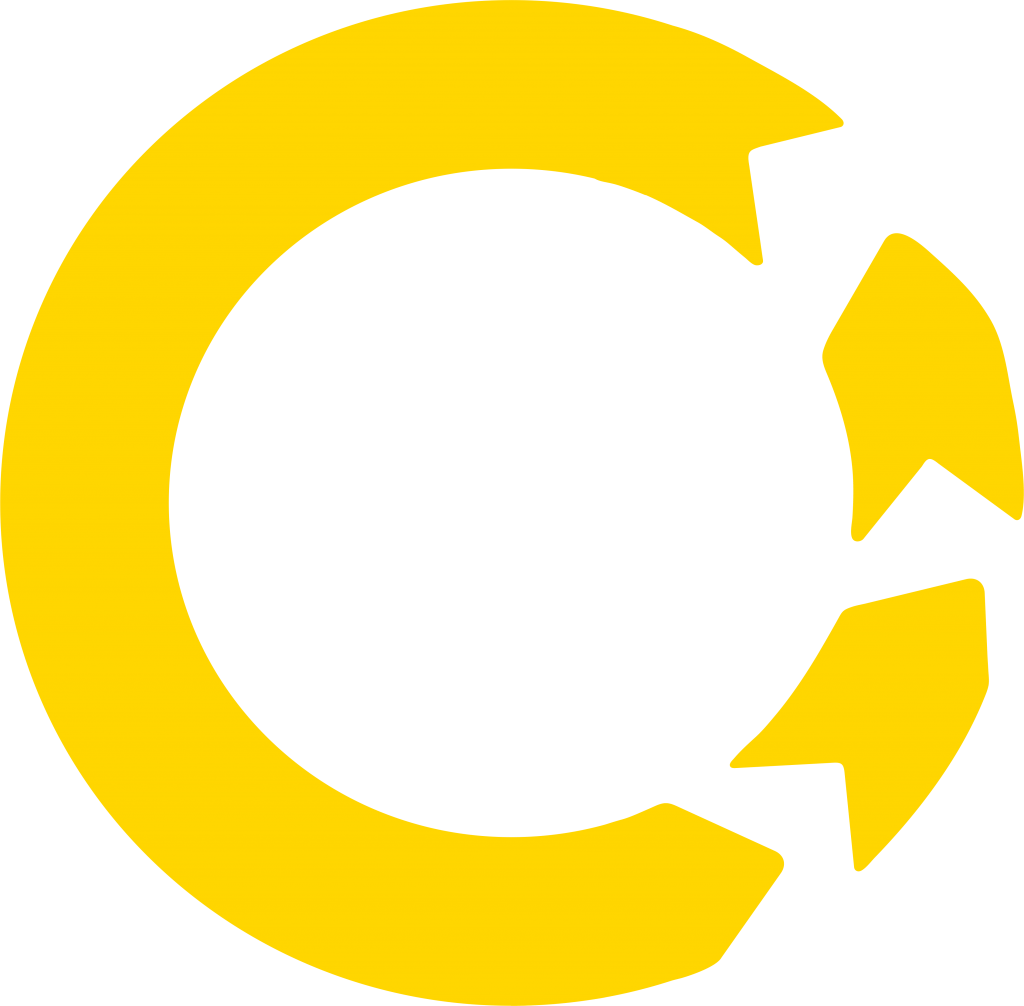From the moment you first call into our team, we start the crucial steps to find out exactly what type of incident has happened, how we’ll get to you, and which vehicles are going to get the job done in the most efficient, safest way. But, in order for us to begin the rescue and recovery process, there are 5 key points we need to determine first.
Our triage process has been refined to piece together the critical information, such as an exact description of location, load, intended destination and of course, how dangerous the situation is. Then, once we have all the essential details, our team get straight to work on determining which is the most appropriate emergency response vehicle to deploy out to the scene.
But what exactly does this process look like, and what is that critical information we really need to get the rescue and recovery wheels in motion?
1. What is the location, load and incident issue?
Confirming these details immediately helps to determine the most appropriate emergency response vehicle, confirm a plan of action if a vehicle can be repaired, or send a recovery vehicle to take the vehicle away if needed. We’re then able to deploy the exact right vehicles, the very first time, to ensure recovery takes place as safely and efficiently as possible.
But we don’t stop there. Our service delivery is further supported by our 24-hour control room, equipped with the latest industry technology, and our call centre team use this alongside our sophisticated online portal to efficiently manage our 300-strong fleet, each vehicle fitted with the most cutting-edge tools to repair or recover any vehicle.
In fact, our impressive fleet selection makes us one of the leading vehicle rescue and recovery operators out there in the UK, with vehicles including Heavy Underlifts, Low Loaders, Slidebeds and Rotators, as well as the Hiab Accident Unit used for more serious accidents.
With this, we’re able to confidently say that we can rescue and recover any vehicle, from anywhere, any time.
2. What are the fleet operators’ needs?
rarely as simple as just recovering a vehicle. Often, there’s also the load and driver themselves, as well as any other potential vehicles to consider too.
Different businesses will have different priorities, such as transferring the HGV load to its original destination, recovering the vehicle to a repair centre or getting their driver back to base. However, another consideration when attending a HGV breakdown, is whether the vehicle should be recovered, or repaired.
We’ll identify your priorities, and stick to an end goal which works for you.
3. How dangerous is the incident?
The time it takes to safely recover an LCV or HGV is crucial, not only for an operator considering costs or loss of productivity, but also to maintain complete control of the incident. This is because of the sheer size of the vehicles obstructing busy roads and the deterioration of any potentially dangerous load.
In fact, the Domestic Road Freight Statistics report highlights that out of the 485,900 registered HGVs in the UK in 2020, 4% of all goods lifted domestically were declared as dangerous goods. This accounts for 53 million tonnes of assets from flammable liquids such as alcohol (67%) gasses (16%) and corrosive substances (6%).
The report also states that 76% of all HGV recorded accidents involved navigating motorway standstills and a team to clear debris, with 11% needing recovery from remote locations where the vehicles had become stuck or fallen.
Not only do these types of accidents put road users at severe risk, but they also pose potential ramifications should the vehicles be left unattended.
4. Is the damage repairable at the roadside?
As soon as our roadside repair technician arrives on the scene, they’ll quickly evaluate the situation with the help of onboard diagnostic equipment and latest vehicle tooling to resolve the problem quickly and efficiently.
By working like this, we can aim to facilitate a roadside repair quickly and safely, rather than prolong the downtime of your vehicles or needing to tow them to a workshop. For our customers, this means that we’re able to use the exact right equipment, tools and technician expertise there and then, getting their vehicles back on the road as soon as possible.
What’s more, operators can also rest assured that any roadside repair is also carried out to the very highest industry standards, as we also hold PAS 43, ISO 9001 and NNHS Sector 17 accreditations and all of our technicians are fully qualified in commercial vehicle repairs.
5. Where do your driver, vehicle and load need to get to?
We’re committed to getting your load to its final destination safely. This means if we can’t repair your vehicle at the roadside, we’ll help deliver your cargo, driver and vehicle to the most appropriate locations to get your day back on track as quickly as possible.
In fact, our experts can even facilitate drop offs to separate locations too, whether it’s the original planned destination, company depot or preferred workshop.
That’s what makes us one of the UK’s leading vehicle rescue and recovery operators
With services stretching from breakdown recovery to specialist assistance, available 24/7/365 service across the country, Egertons are the preferred vehicle rescue and recovery operator for UK fleets to rely on, no matter what.
In other words, when you need us, we’ll be right here.


